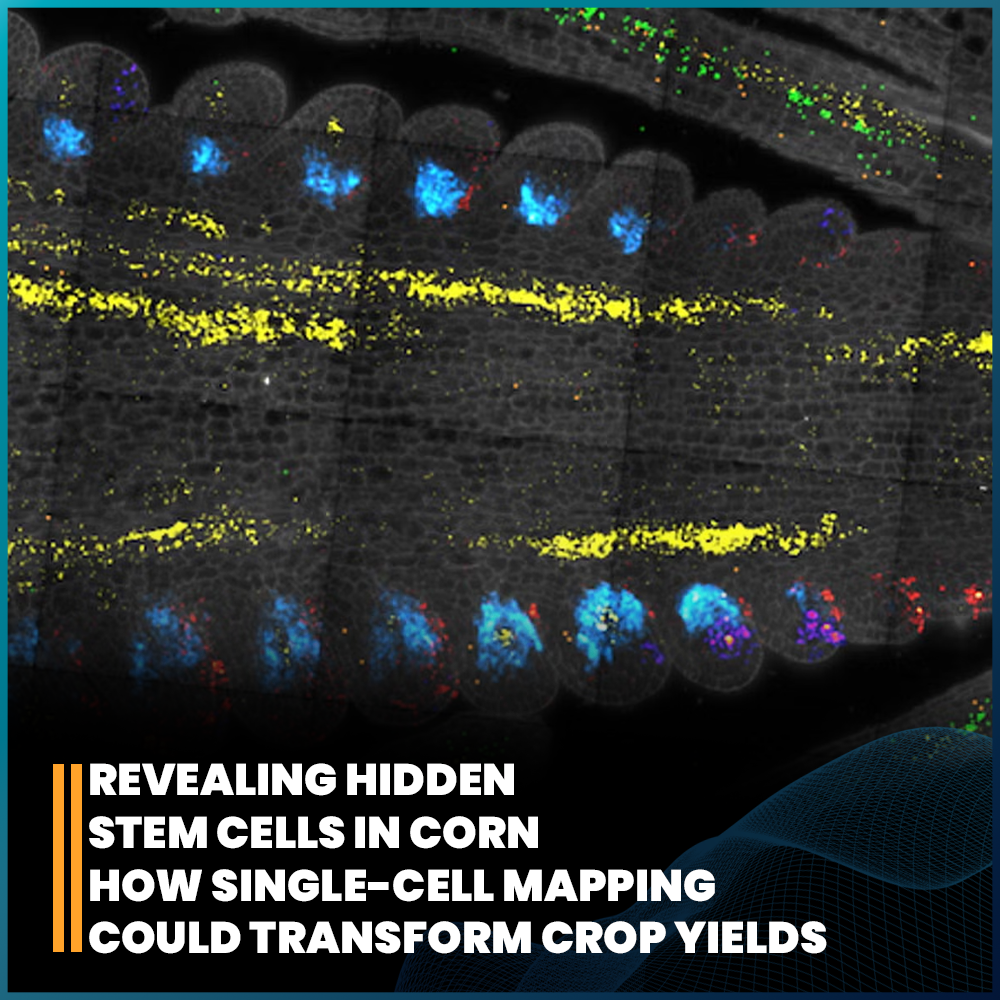Eco-Friendly Antibacterial Solutions Using Berries for Silver Nanoparticles
Posted by Marketing Team on

In search of sustainable and eco-friendly solutions to pressing global challenges, scientists have sought inspiration from nature. One of the challenges that stand out among other problems is combating bacterial resistance—a matter of rising importance in the field of healthcare and environmental safety. A recent groundbreaking study revealed a new way of manufacturing silver nanoparticles using berry extracts, the future of greener antibacterial solutions.
Discovery Highlight
The study reveals that Goji berry extracts play a role as reducing and stabilizing agents in the synthesis of silver nanoparticles. By eliminating the use of hazardous chemicals normally used in nanoparticle production, this will also comply with the principles of green chemistry. Based on the ability to produce silver nanoparticles with such a high degree of crystallinity, it has been shown that the resulting silver nanoparticles initiate remarkable antibacterial activities, which opens the potential for these silver nanoparticles to become a promising alternative in medical and industrial applications.
How the Study Works
The researchers used a simple and green method to synthesize silver nanoparticles. In a silver nitrate solution, their natural compounds were introduced to Goji berry extracts, which reduced silver ions into nanoparticles. The successful synthesis and stability of the nanoparticles were confirmed with FTIR and UV-Vis spectroscopy. Their potential against different bacterial strains was demonstrated in antimicrobial tests, and as such, they showed promise as an effective sustainable solution against microbial threats.
Antibacterial Properties of Silver Nanoparticles
Silver nanoparticles are famous for their powerful antibacterial activity, which is caused by their way of disruption in bacterial cell membranes and interference with intracellular processes. Through this study, it was shown that using eco-friendly synthesized nanoparticles could produce the same, and in some instances better results, than one would find from chemically produced nanoparticles. The findings highlight their potential uses in these sectors and beyond.



All Images are source from doi.org/10.1063/5.0237276
Characterization Techniques Used
The study employed a range of advanced characterization techniques to analyze and confirm the properties of the silver nanoparticles:
-
X-ray Diffraction (XRD)
Used to determine the crystalline nature and crystal symmetry of the nanoparticles. The powder size was calculated using the Scherer equation based on XRD peak broadening. -
Ultraviolet-visible (UV–Vis) Spectroscopy
Analyzed the absorption spectrum of the nanoparticles, identifying peak wavelengths that confirmed successful synthesis. -
Fourier Transform Infrared (FT-IR) Spectroscopy
Conducted functional group analysis on the nanoparticles after cleaning, providing insight into their chemical structure. -
Microstructural Analysis
Utilized Transmission Electron Microscopy (TEM) and Selected Area Electron Diffraction Pattern (SAEDP) to examine the size, shape, and structural details of the nanoparticles. -
Antibacterial Activity Testing
The nanoparticles’ antimicrobial properties were tested using bacterial cultures, revealing strong efficacy against gram-positive strains like Staphylococcus aureus.
In this study, the tools and methods employed mirror what we provide at MSE Supplies. From advanced analytical equipment like spectrometers and diffraction systems to essential materials for bacterial culture and antimicrobial testing, MSE Supplies supports researchers with:
-
Spectrometers and Spectrophotometers: Tools such as UV-Vis and FT-IR spectrometers for precise material characterization.
-
Bacterial Culture Resources (Life Sciences Products): Materials and supplies essential for evaluating antimicrobial activity, from cell culture to general lab supplies
-
Analytical Services: Comprehensive testing services to ensure accurate and reliable results, including XRD and TEM.

This study is a breakthrough in integrating green chemistry into antibacterial technologies. Researchers have unlocked a sustainable pathway for nanoparticle synthesis through harnessing the natural power of berries, and by doing so have opened a pathway that will enable a vast array of medical, environmental, and industrial applications. The resources from MSE Supplies empower researchers to replicate studies like this and drive innovation in eco-friendly antibacterial solutions.
Contact us today to see how MSE Supplies can help you with top-tier equipment, materials, and services in your research. To learn about our offerings and see how we can help you push the boundaries of your scientific goals, visit our website and follow us on LinkedIn for the latest updates.
Source:
-
Nielsen, M. (2025, January 3). Exploring the Eco-Friendly Future of Antibiotic Particles - AIP Publishing LLC. AIP Publishing LLC. https://publishing.aip.org/publications/latest-content/exploring-the-eco-friendly-future-of-antibiotic-particles/
-
Jamali, A. R., Khan, W., Khan, S., Ibrahim, A. A., & Alam, K. (2025). Ecofriendly synthesis of silver nanoparticles using metallic solution-based goji berry extract for their antibacterial properties. AIP Advances, 15(1). https://doi.org/10.1063/5.0237276



